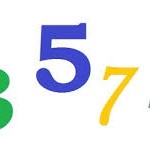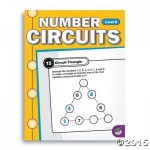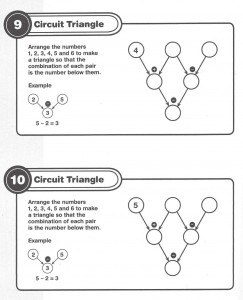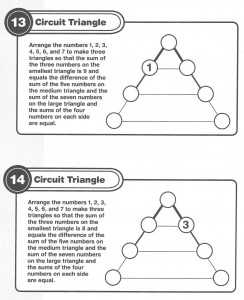Here’s another Number Sense Puzzle. Today’s puzzle centers around another fundamental skill that gives many students a really difficult time – Order of Operations. This is geared to younger puzzlers to help them improve their Order of Operations skills. As always, let me first give a general introduction. There will be 8 statements each corresponding to a number. You have to use the numbers 0 through 9 once and only once to fill in the correct number for each statement. You will need to use and develop your deductive problem solving skills in order to correctly place the numbers. Since there are only 8 answers and 10 numbers (0 through 9), some of the answers will require two digits. In this puzzle, some of the answers will be negative, that’s no problem, just make sure the digits use 0 through 9 once and only once.
I created an interactive puzzle that will automatically check your answer and provide feedback. I also created a pdf file that can be used in classrooms or with pencils for those so inclined. The goal is to have fun and challenge yourself.
select Check when complete to check your answers
I hope you enjoy these puzzles. If you find these interesting, Click Here for a selection of more Number Sense puzzles that I’ve created. I will be adding to the selection over time. Good Luck and pass the puzzles onto others who may enjoy them!






